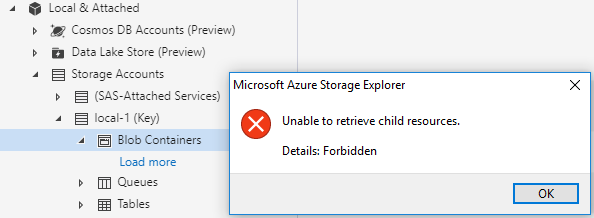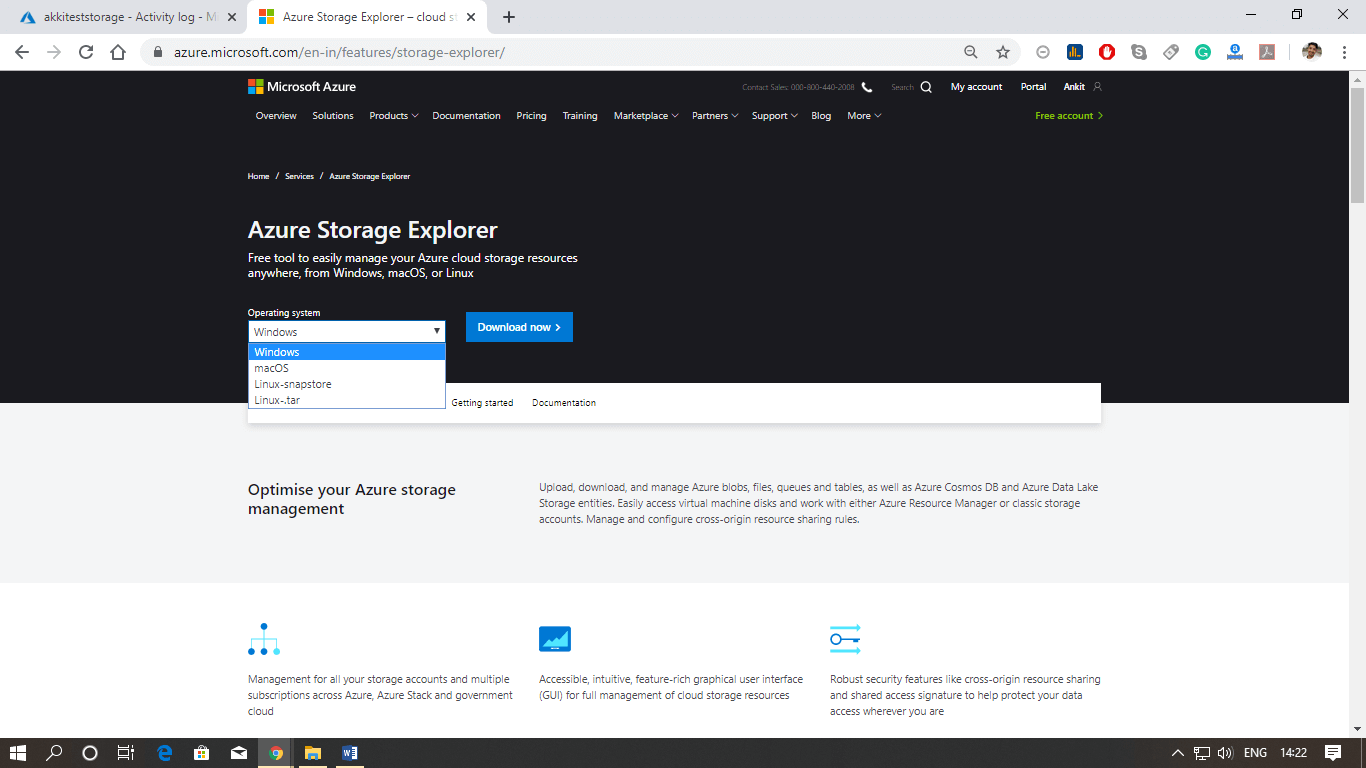
v c:/azurite:/data /azure-storage/azurite The directory, c:/azurite, must be created before running the Docker command. In the following example, the -v c:/azurite:/data parameter specifies c:/azurite as the Azurite persisted data location. The -p 10000:10000 parameter redirects requests from host machine's port 10000 to the Docker instance. The following command runs the Azurite Docker image. Use DockerHub to pull the latest Azurite image by using the following command: docker pull /azure-storage/azurite After installing Node.js, execute the following npm command to install Azurite. Node Package Manager (npm) is the package management tool included with every Node.js installation. This installation method requires that you have Node.js version 8.0 or later installed.



Azurite: Loose - Enable loose mode, which ignores unsupported headers and parameters.The default is the Visual Studio Code working folder. Azurite: Location - The workspace location path.Azurite: Key - Path to a locally trusted PEM key file, required when Azurite: Cert points to a PEM file.Azurite: Debug - Output the debug log to the Azurite channel.Azurite: Cert - Path to a locally trusted PEM or PFX certificate file path to enable HTTPS mode.Azurite: Blob Port - The Blob service listening port.Azurite: Blob Host - The Blob service listening endpoint.Select the Manage (gear) icon for Azurite. To configure Azurite within Visual Studio Code, select the extensions pane. Select the Install button to open Visual Studio Code and go directly to the Azurite extension page. You can also navigate to Visual Studio Code extension market in your browser. Within Visual Studio Code, select the EXTENSIONS pane and search for Azurite in the EXTENSIONS:MARKETPLACE. If you are running an earlier version of Visual Studio, you'll need to install Azurite by using either Node Package Manager, DockerHub, or by cloning the Azurite github repository.

Azurite is automatically available with Visual Studio 2022.


 0 kommentar(er)
0 kommentar(er)
